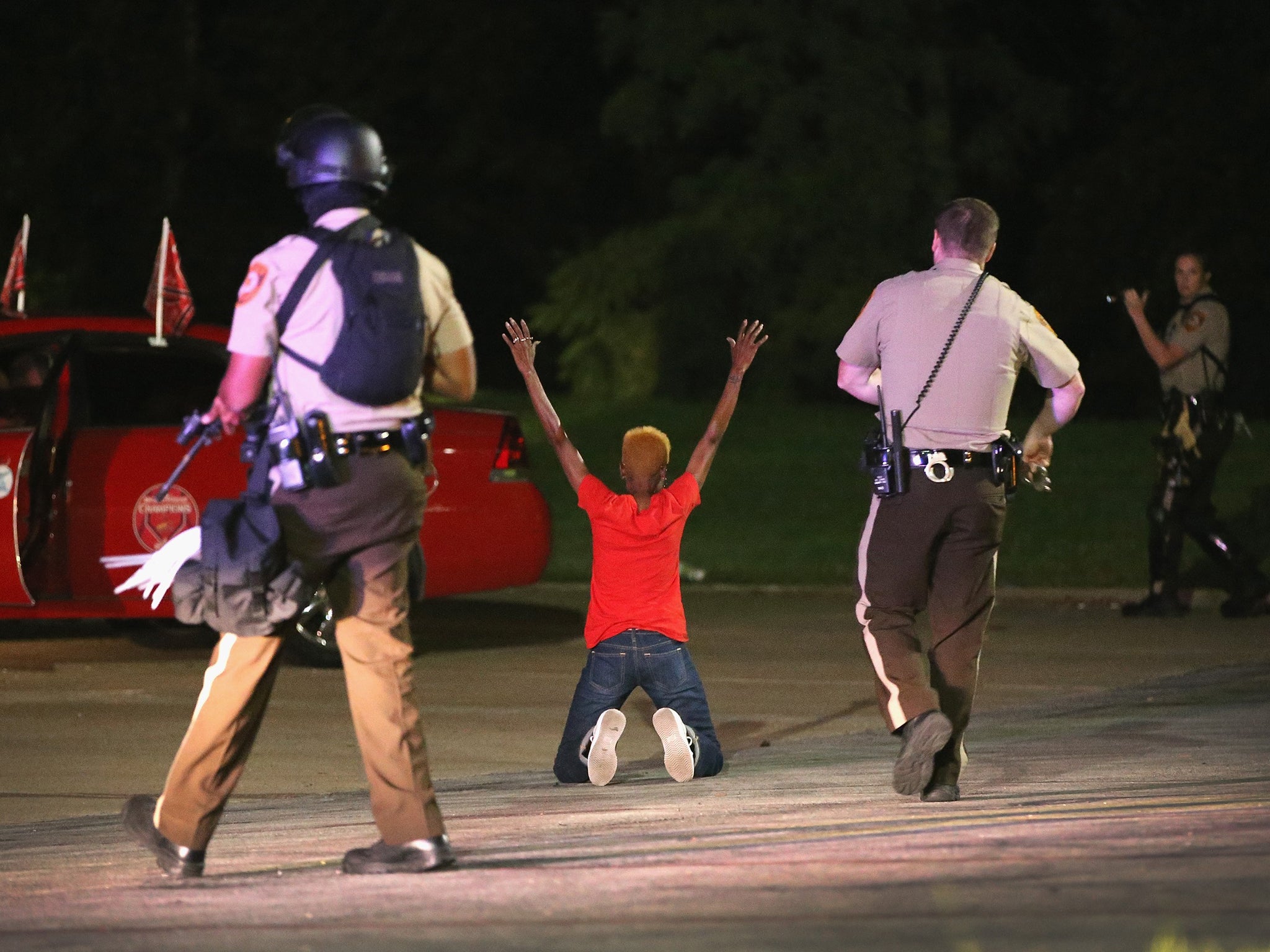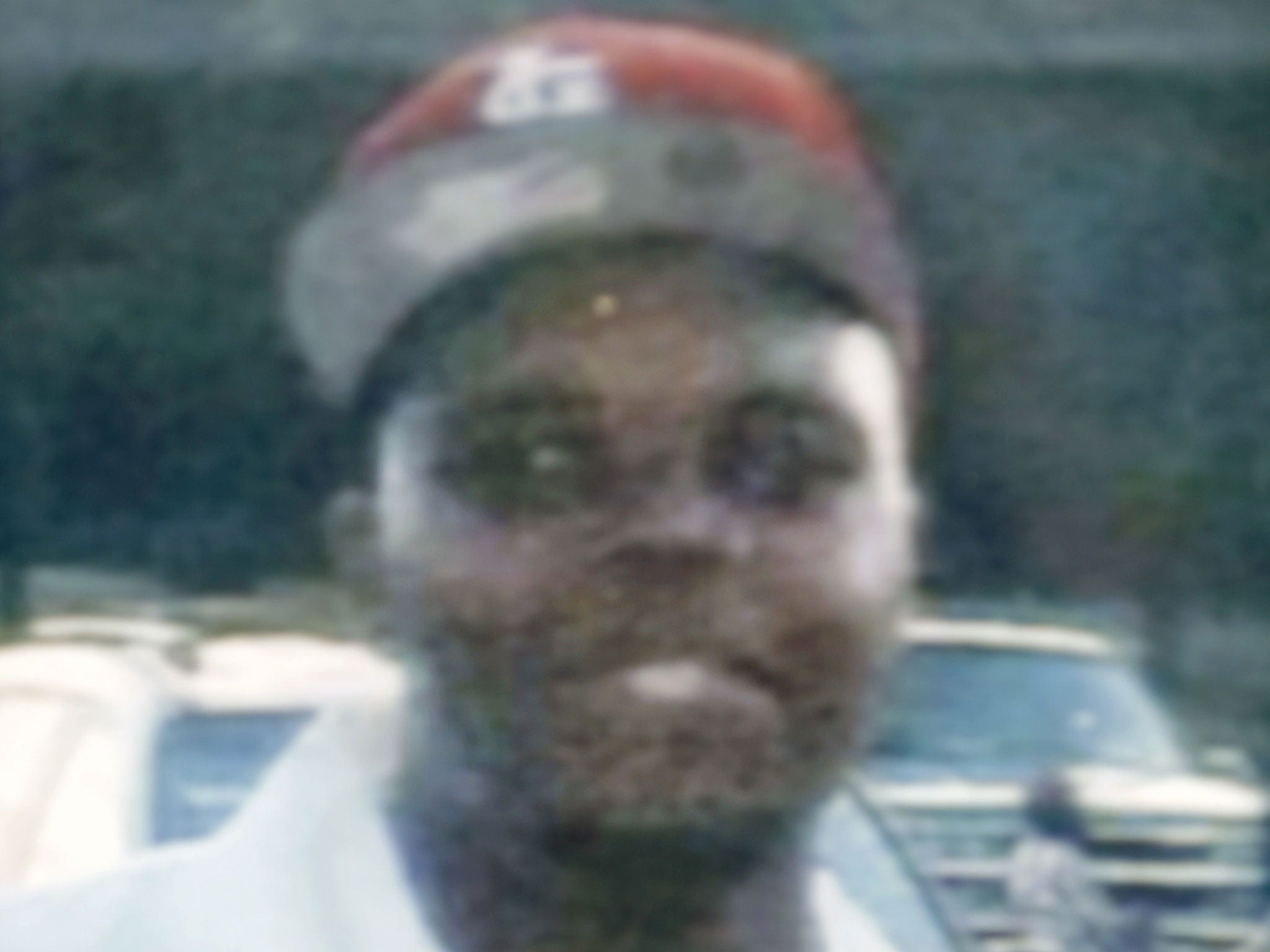The shooting of Michael Brown proves (once again) how racial stereotyping can lead to murder
The police who shoot unarmed black men might genuinely feel threatened, but that's down to their own preconceptions

Your support helps us to tell the story
From reproductive rights to climate change to Big Tech, The Independent is on the ground when the story is developing. Whether it's investigating the financials of Elon Musk's pro-Trump PAC or producing our latest documentary, 'The A Word', which shines a light on the American women fighting for reproductive rights, we know how important it is to parse out the facts from the messaging.
At such a critical moment in US history, we need reporters on the ground. Your donation allows us to keep sending journalists to speak to both sides of the story.
The Independent is trusted by Americans across the entire political spectrum. And unlike many other quality news outlets, we choose not to lock Americans out of our reporting and analysis with paywalls. We believe quality journalism should be available to everyone, paid for by those who can afford it.
Your support makes all the difference.So another unarmed Black teenager has been murdered by a white Police officer. The latest is 18 year old Michael Brown, in Ferguson, Missouri. He is the fourth Black man to be killed by law enforcement officers in the US this month.
The case brings to mind the shooting of that other unarmed Black teenager Trayvon Martin, by neighbourhood watch officer George Zimmerman in 2012.
And that of 22 year old California resident Oscar Grant in 2008, who was lying face down on the platform of Fruitvale train station when a Transit Police officer shot him in the back.
And just so we in Britain don’t allow ourselves to feel smug and complacent, it is also reminiscent of the shootings of Azelle Rodney in 2005, and Mark Duggan in 2011 by members of our own Metropolitan police. In the cases of Rodney and Duggan the police officers in question incorrectly thought that the suspects were going for their guns. The officer who shot Michael Brown claims he thought that Brown was attempting to grab his firearm. Zimmerman knew that Martin didn’t have a gun. He just feared he was going to beat him up.
But what is common throughout all of these cases is that the officers all felt they used justifiable force because either their own lives or those of the public were in danger, even though it later transpired that the Black suspects were unarmed.
Usually when these stories come out, the Police issue a statement saying that the deceased had been previously suspended from school for smoking weed, or was a member of a notorious gang, or had been resisting arrest, or exchanged fire with officers. Quite often, as the details of the case reveal themselves, and the families of the victims campaign for justice, some of these "facts" seem more like part of a larger smear campaign to justify the Police's actions.
But whether the suspects are criminals or not, is not the point. The important fact here is that unarmed men are being executed in the streets, by those entrusted to enforce the law.
Why is this happening? I don’t think it is simply a case that all of these white officers are racist and want to put as many Black men in the ground as possible. They may have genuinely felt that that the suspects were a deadly threat. But that has less to do with the individual circumstances, and more to do with their own preconceptions.
All too often, what these cops are reacting to is not the black man they see in front of them, but rather the stereotypical image of Black men that they carry in their heads. An image formed from an amalgam of vicious heavyweight boxer and convicted rapist Mike Tyson, gangster rapper and self-confessed former drug dealer 50 Cent, and photo-fit pictures of various Black muggers and rapists that used to regularly feature in tabloid newspapers not so long ago. In other words, the Bogey Man.
Hence the heavy handed, militarised response of the Ferguson police, to the public demonstrations that followed Brown’s death. The (majority white) local police saw this, not as (majority African-American) local residents exercising their democratic right to protest, but as marauding Blacks on the rampage, that needed to be pacified with tear gas and rubber bullets.

If you came face to face with the bogey man, of course you’d be scared. If you had a gun, naturally you’d reach for it. And it’s only after the ambulance has taken the body away, and the mother has given a tearful interview to the news cameras, that it’s revealed that the suspect did not in fact have a gun on him. And what you thought was a hardened killer about to embark on another murderous rampage, was in fact just an innocent college kid on his way back partying with his friends, or from visiting the corner store for a pack of Skittles.
When split second decisions need to be made in unfamiliar situations, you fall back on preconceptions – on stereotypes. We all do it. We all judge books by their covers. But when armed police officers fall into this cognitive trap, Black men often end up dead.
Join our commenting forum
Join thought-provoking conversations, follow other Independent readers and see their replies
Comments